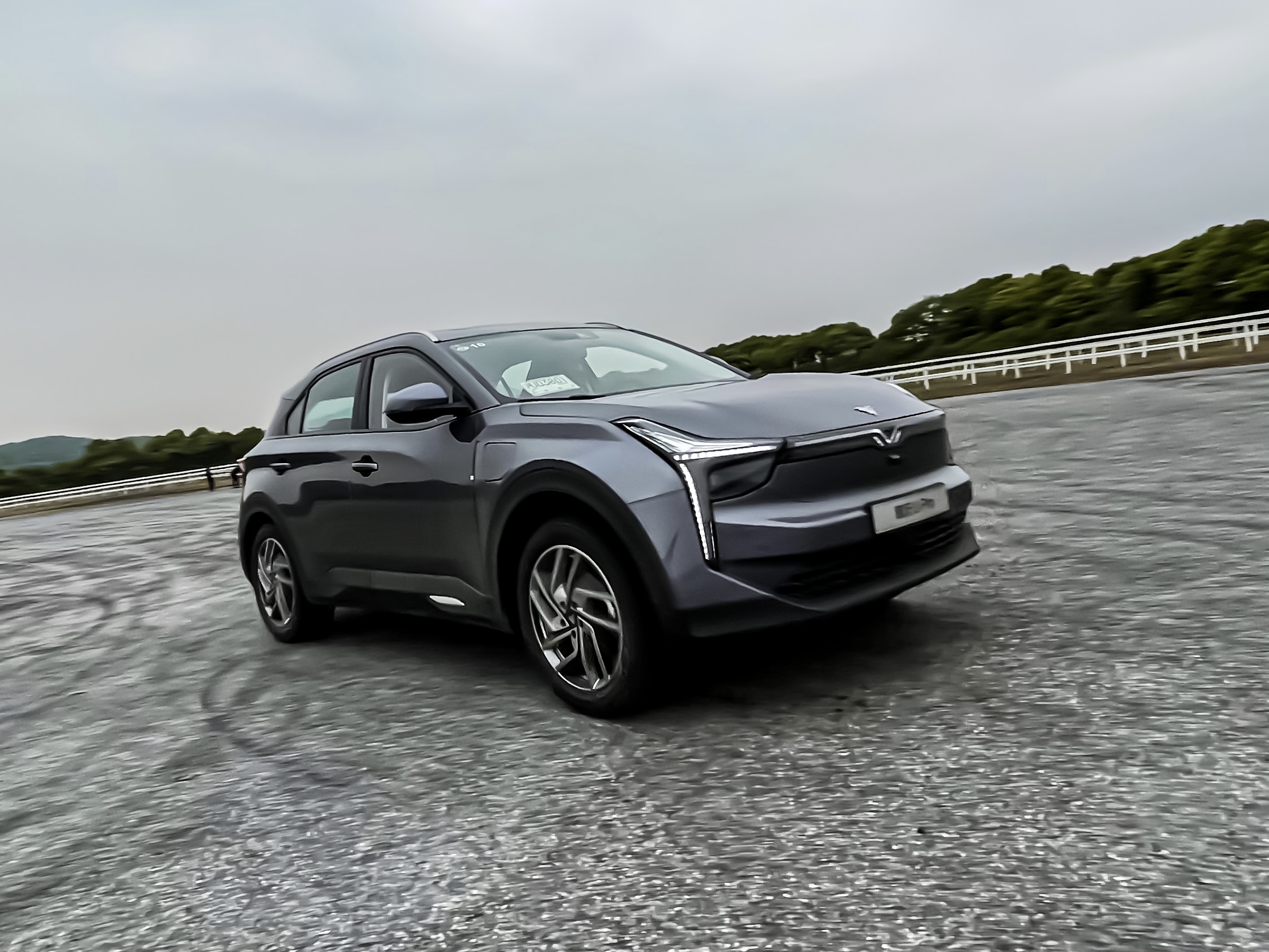At the recent Shanghai Auto Show, various new energy models were launched by automakers to grab attention and prevent being overshadowed by competitors. However, despite carefully prepared booths and promotions, they were still overwhelmed by Tesla’s “brake-gate” controversy, dominating the online discussions.
At the auto show, the price range for the NETA U Pro was officially announced, ranging from RMB 99,800 to 159,800. This surprised many, as vehicles priced between RMB 100,000 and 150,000 are typically gasoline-fueled, such as Haval H6 and Nissan Sylphy, which sold around 30,000 and nearly 27,000 units respectively in February. NETA U Pro chose to directly compete in the crowded gasoline car segment.
Another shocker is the “adding quantity and reducing price” strategy implemented for the new U Pro. The starting price of RMB 99,800 for the NETA U Pro is around RMB 40,000 lower than last year’s NETA U (priced at RMB 139,800-199,800).
With these two price shocks, I participated in the NETA U Pro test drive event with curiosity to discover why NETA dared to enter this market.
About cost-effectiveness
Compared to its predecessor, NETA U, NETA U Pro divides the vehicle models more precisely and simply, featuring NEDC range right in the vehicle name, making it easier for buyers to understand at a glance. There are only three different range options for NETA U Pro’s four models.
One of the models is an entry-level version with a range of 400 km and a starting price of less than RMB 100,000 for an SUV with a wheelbase of 2,770 mm. The small motor version (120 kW and 210 N·m) comes equipped with 400 or 500 km of range and various configurations.
The premium version features a larger battery that extends the range up to 610 km, complemented by a powerful motor (150 kW and 310 N·m), accelerating from 0 to 100 km/h in just 7 seconds. The small You robot adds an interesting configuration as well. NETA U Pro demonstrates an outstanding cost-performance ratio.
Here is an official NETA U Pro advantages configuration table. Except for the optional transparent A-pillar, all the other features can be obtained at a price under RMB 160,000. NETA U Pro’s configuration under the same price range has strong competitiveness.
Expected driving style for family useSince it’s a test drive, let’s talk about the driving experience. During the two-day test drive, I drove around 400 kilometers, covering city, highway, and rural roads, which gave me a relatively comprehensive experience.
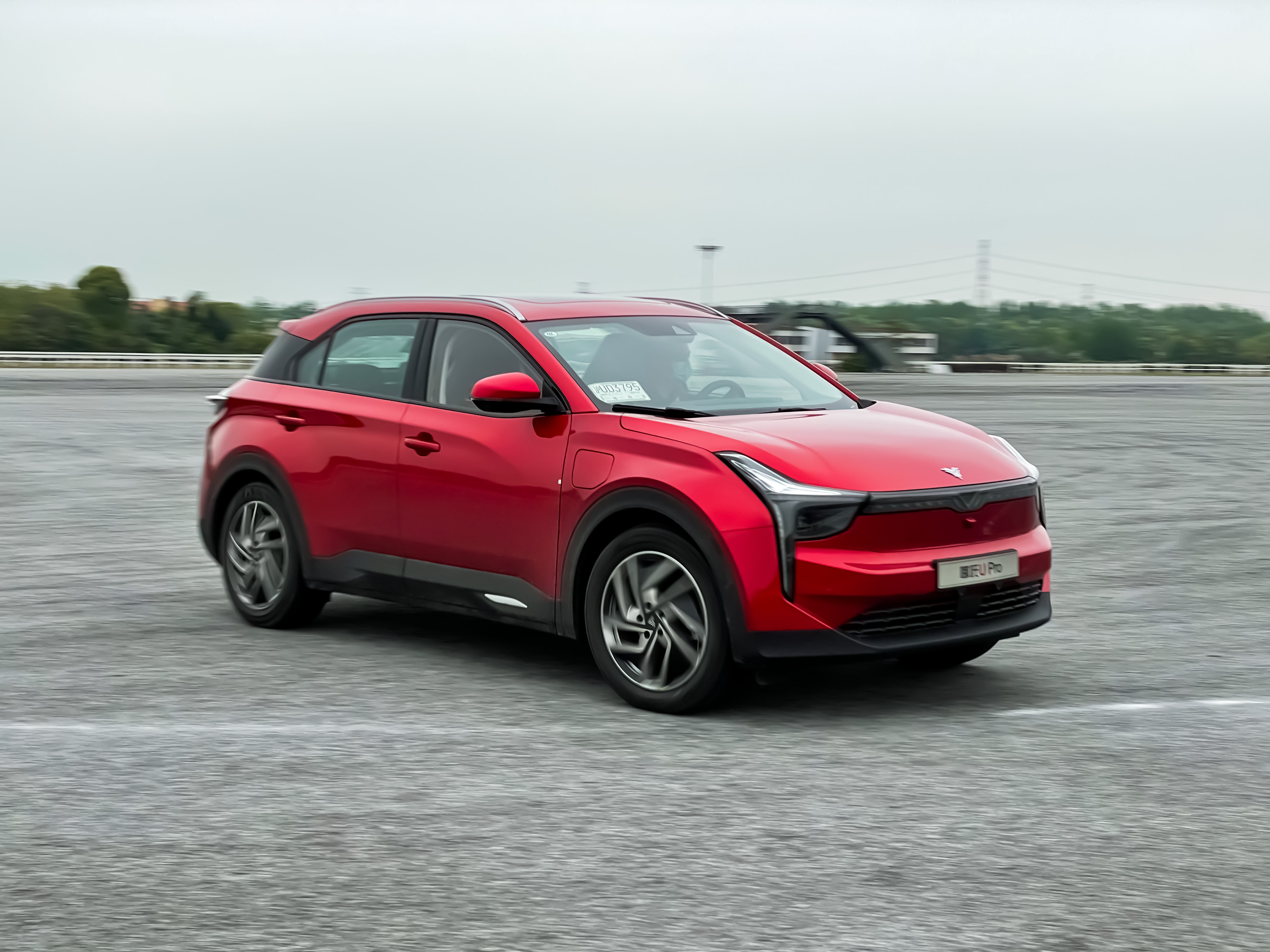
I drove the second-highest configuration 500 Lunar Edition, with a 0 to 100 km/h acceleration time of 9.5 seconds. The actual feeling is indeed in the “family use” category, but thanks to the characteristics of electric vehicle models with no delay in acceleration response, the initial speed perception is still not weak.
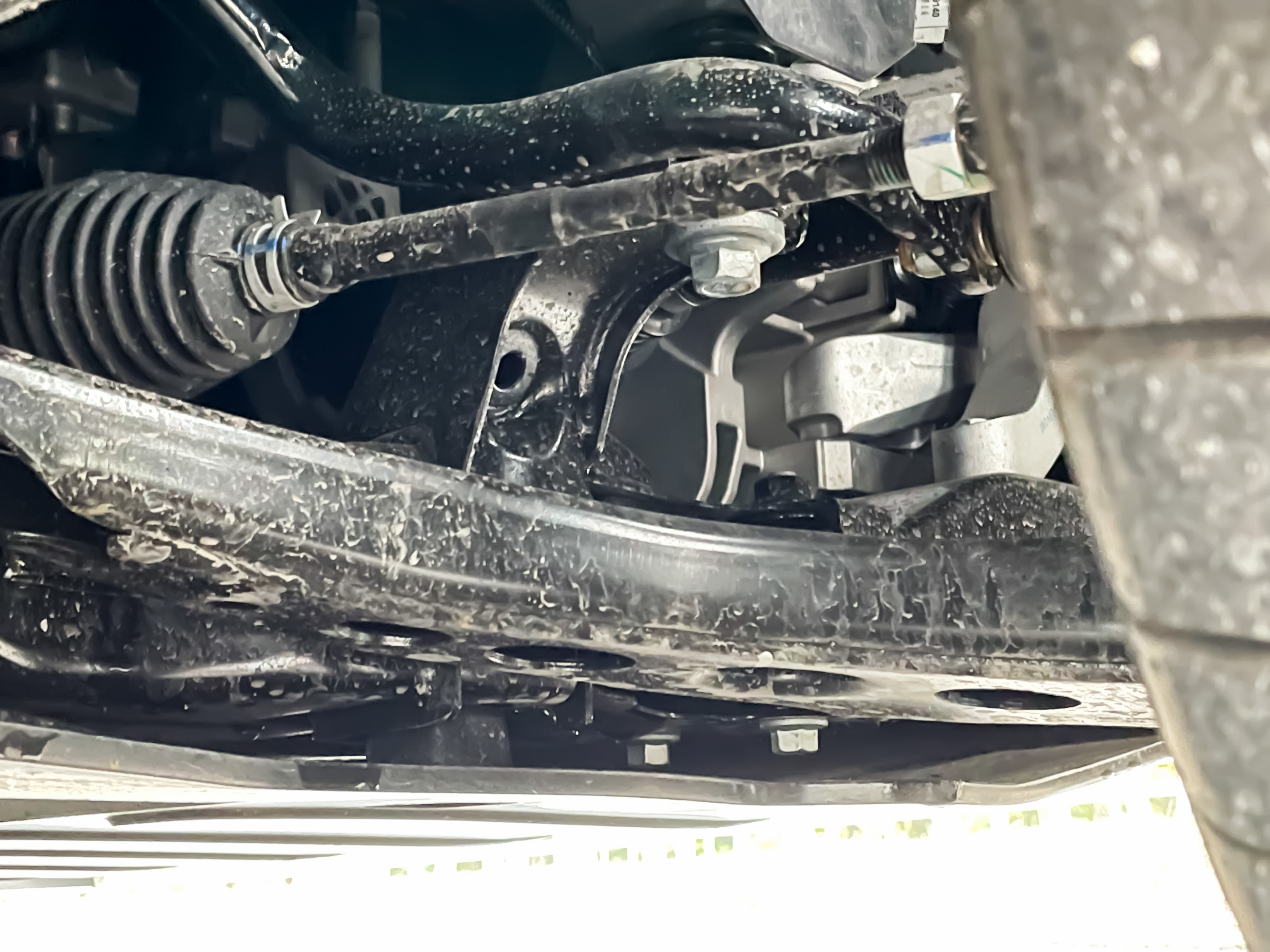
The NETA U Pro is equipped with four-wheel independent suspension hardware, with suspension tuning still in the “family use” style and relatively soft. When facing speed bumps and potholes, it responds quite well. However, when facing the rapid undulations of the highway surface, the suspension seems a bit inadequate, and there are extra movements after jumping.
By double-clicking the touch button, I switched between several driving modes. The Eco mode has a relatively “meaty” acceleration, but the steering is very light and suitable for female drivers. Comfort and Sport modes have heavier steering and faster acceleration. Additionally, the steering style can be set independently.
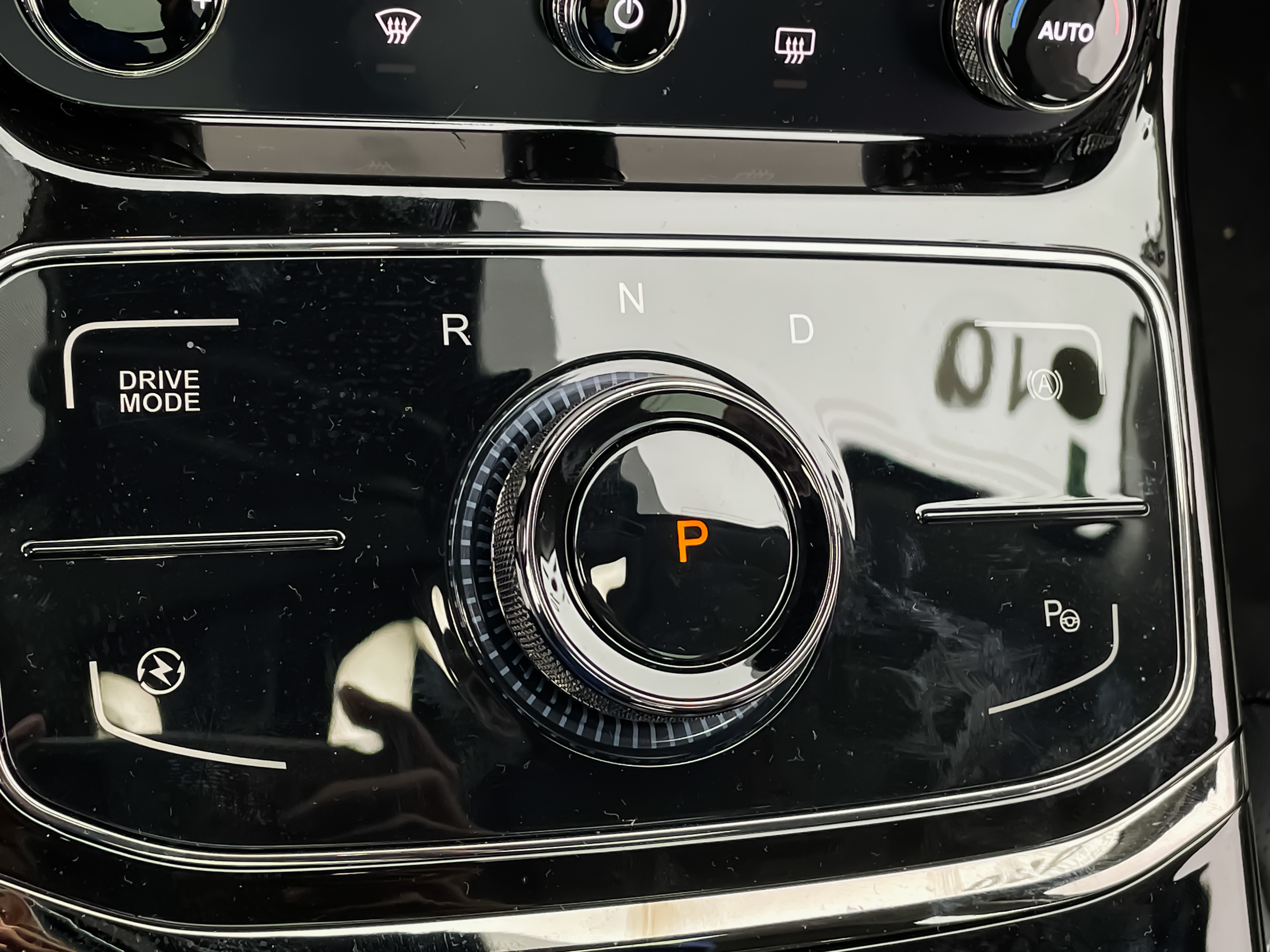
After playing around with the infotainment system, I found single-pedal mode, and at the same time, this car also provides three levels of kinetic energy recovery adjustment. Especially in the first level of braking energy recovery, there is very little drag when releasing the accelerator pedal, which is very suitable for drivers accustomed to gasoline vehicles.
In single-pedal mode, the power recovery is even greater, and the vehicle can be directly dragged to a stop. The product manager said that this is added to meet the diverse driving needs of some customers and to maximize the range.
So far, I have a general understanding of the style defined for this car: acceleration is not aggressive, the suspension is soft and comfortable, and the steering is also suitable for men and women. Overall, the driving style of the NETA U Pro is a typical family orientation. Compared with the same level of gasoline vehicles, it may have a slight advantage due to the lower center of gravity.
About Driver Assistance
The NETA U Pro uses the EyeQ 4 computing platform from Mobileye, which can realize basic functions such as ACC adaptive cruise control, lane keeping, and AEB emergency braking, as well as advanced driver assistance functions such as APA automatic parking, traffic congestion assistance, and highway cruise assistance.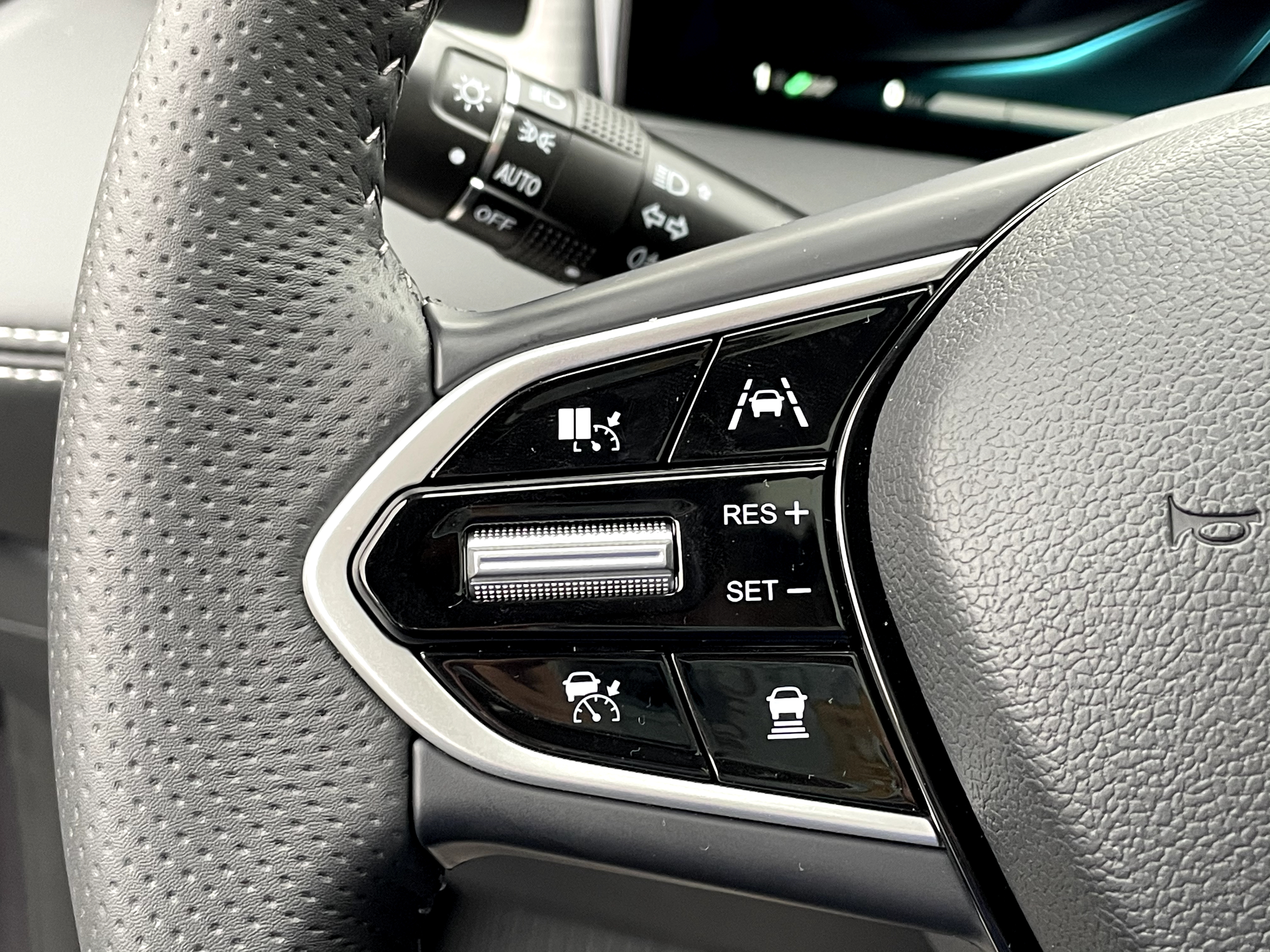
When experiencing the NETA U Pro’s comprehensive driving assistance package, activating it is not as simple as a single button press, which makes it less “cutting-edge”. You need to first activate lane departure warning through the button on the left side of the steering wheel, then activate lane keeping, then enable the adaptive cruise control, and finally adjust to the appropriate speed.
My initial impression of this process is that it is cumbersome. Without hesitation, I asked the product manager, who explained that users often use lane keeping and lane departure warning separately during driving, so they deliberately divided the activation steps to meet the users’ functional needs.
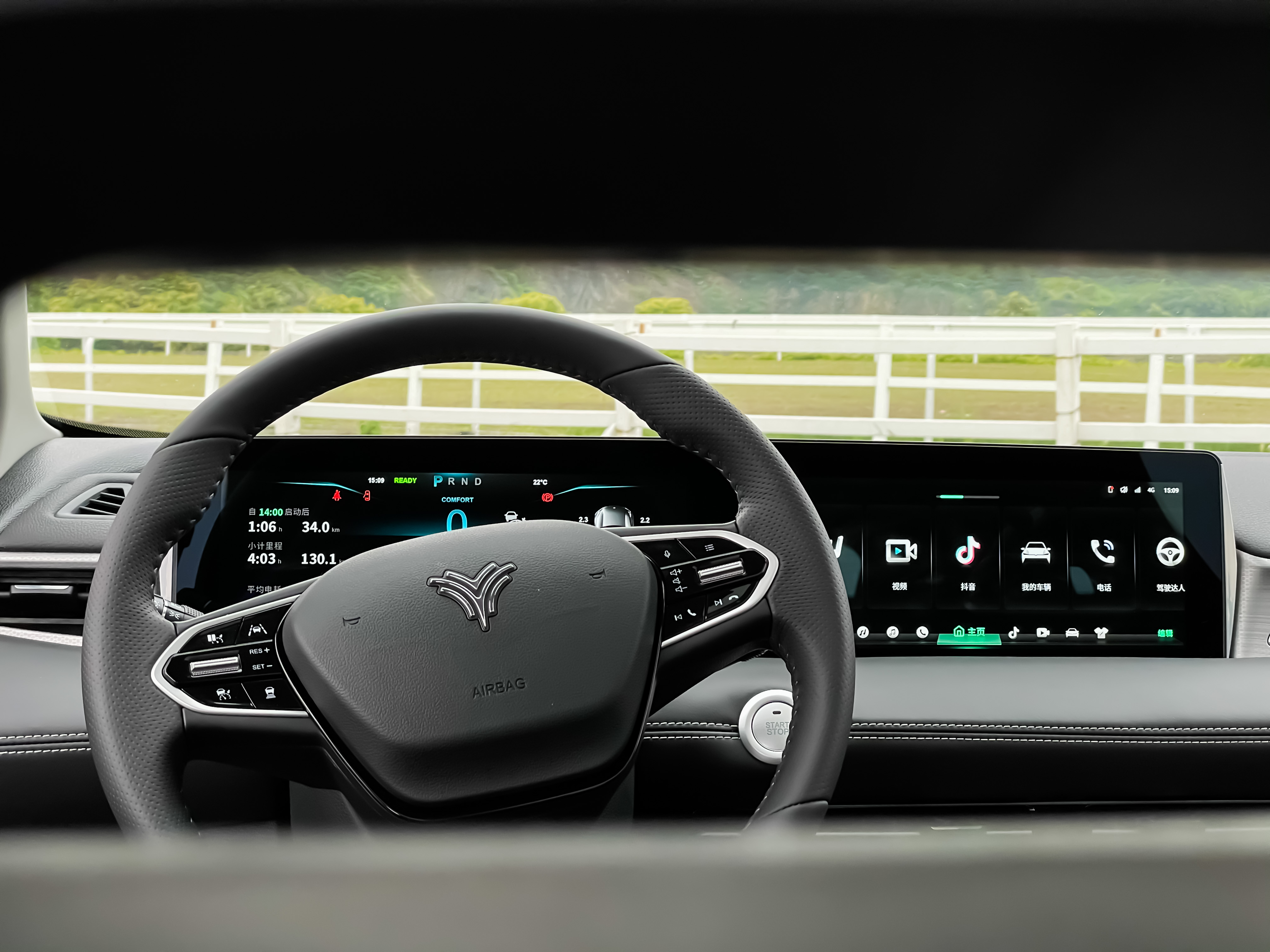
After activating the comprehensive driving assistance package, the longest hands-free interval has two settings, one around 15 seconds and the other around 30 seconds. After that, the system will exit, but I did not have the opportunity to test how it would exit in a controlled environment. I will try it out using the new version of 42Mark if given the chance.
Additionally, I have a bad driving habit where I sometimes step on the accelerator pedal to forcefully accelerate the car after setting the cruise control speed. The NETA U Pro will display a prominent reminder, making it clear that I am testing the limits of the vehicle’s control, which deserves praise.
All NETA U Pro models except for the base model are equipped with L2 level driving assistance. Although NETA U Pro claims to target gasoline cars, users who pay attention to the NETA brand already have a good understanding of electric vehicles and driving assistance.
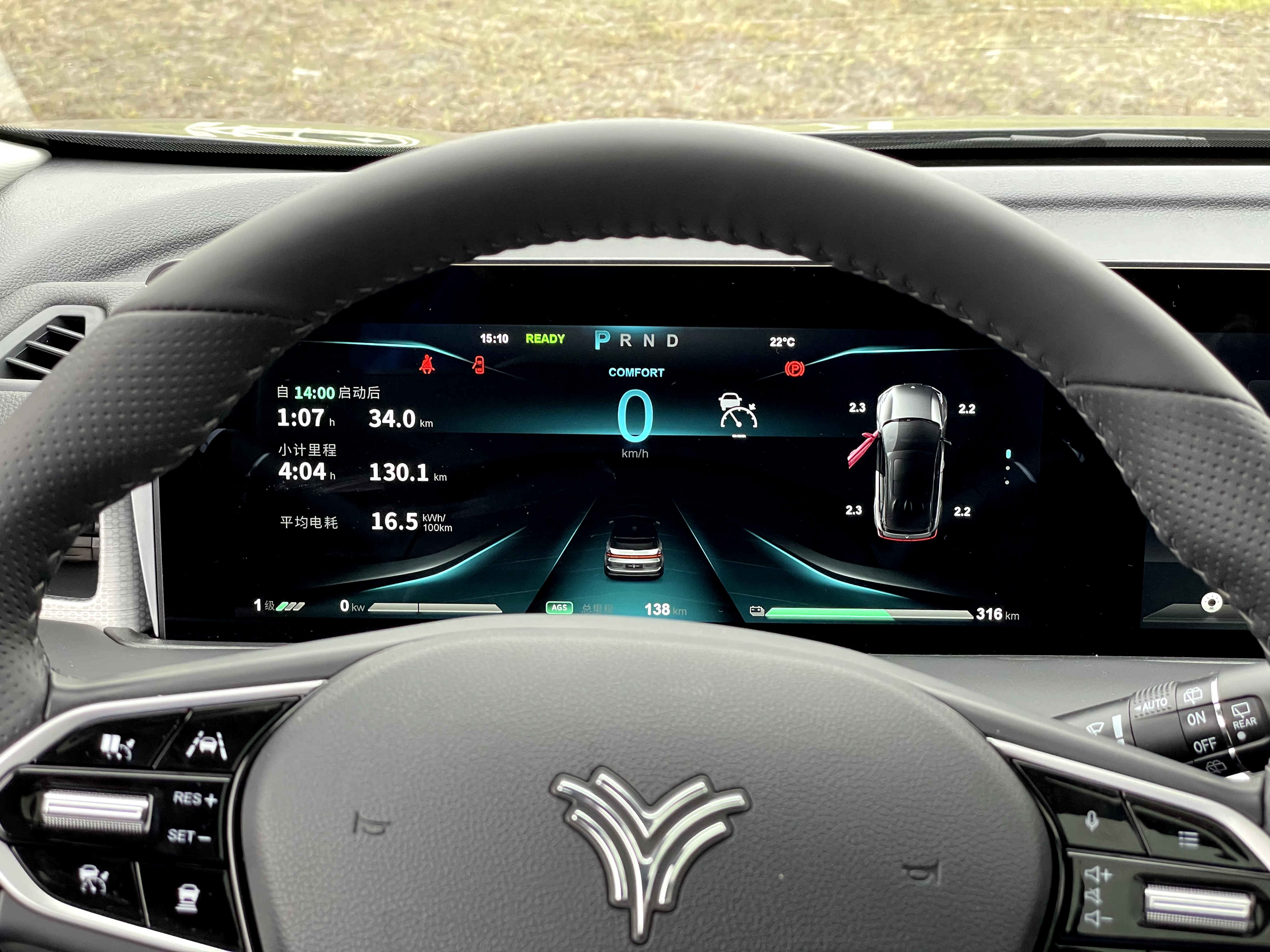
However, the driving assistance interface of the NETA U Pro displays relatively old-fashioned and even lacks clear visualization. After activating the driving assistance, only the dashboard will display a few illuminated icons to remind the driver, which is similar to traditional gasoline cars.
A well-designed visualization interface can enhance the trust between the vehicle and driver. Therefore, I suggest that NETA U Pro can design its driving assistance visualization interface and dashboard UI to be more clear and concise.

At this auto show, NETA revealed that the NETA S’s perception hardware is on par with the autonomous driving capabilities of its competitors.- 3 laser radars
- 5 millimeter-wave radars
- 6 cameras
But the specific specifications and computing platforms have not been disclosed. However, judging from the simple types and quantities of sensors, it is obvious that it is advancing towards a higher level of autonomous driving with a rhythm. Moreover, according to the news, the price will be “relatively” favorable, which is full of imagination.
About NETA’s Energy Supplement System
What surprised me the most in this test drive activity was not the experience of the NETA U Pro itself. But in the morning workshop, NETA mentioned their energy supplement system-“NETA charging”.
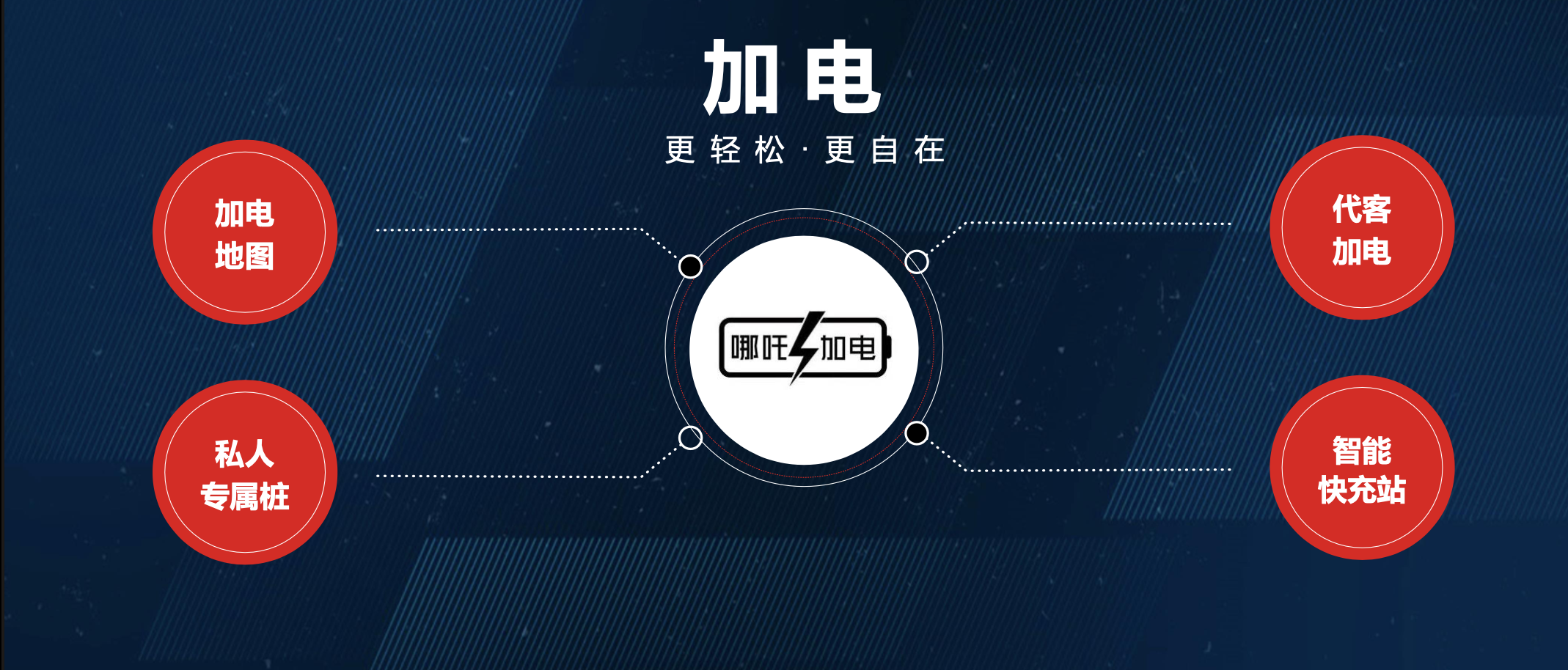
NETA chooses to cooperate with mature charging networks such as Star Charge, TELEC, Xiaoju Charging, and State Grid in the construction of charging networks to enrich the charging network and achieve a plug-and-charge charging experience.
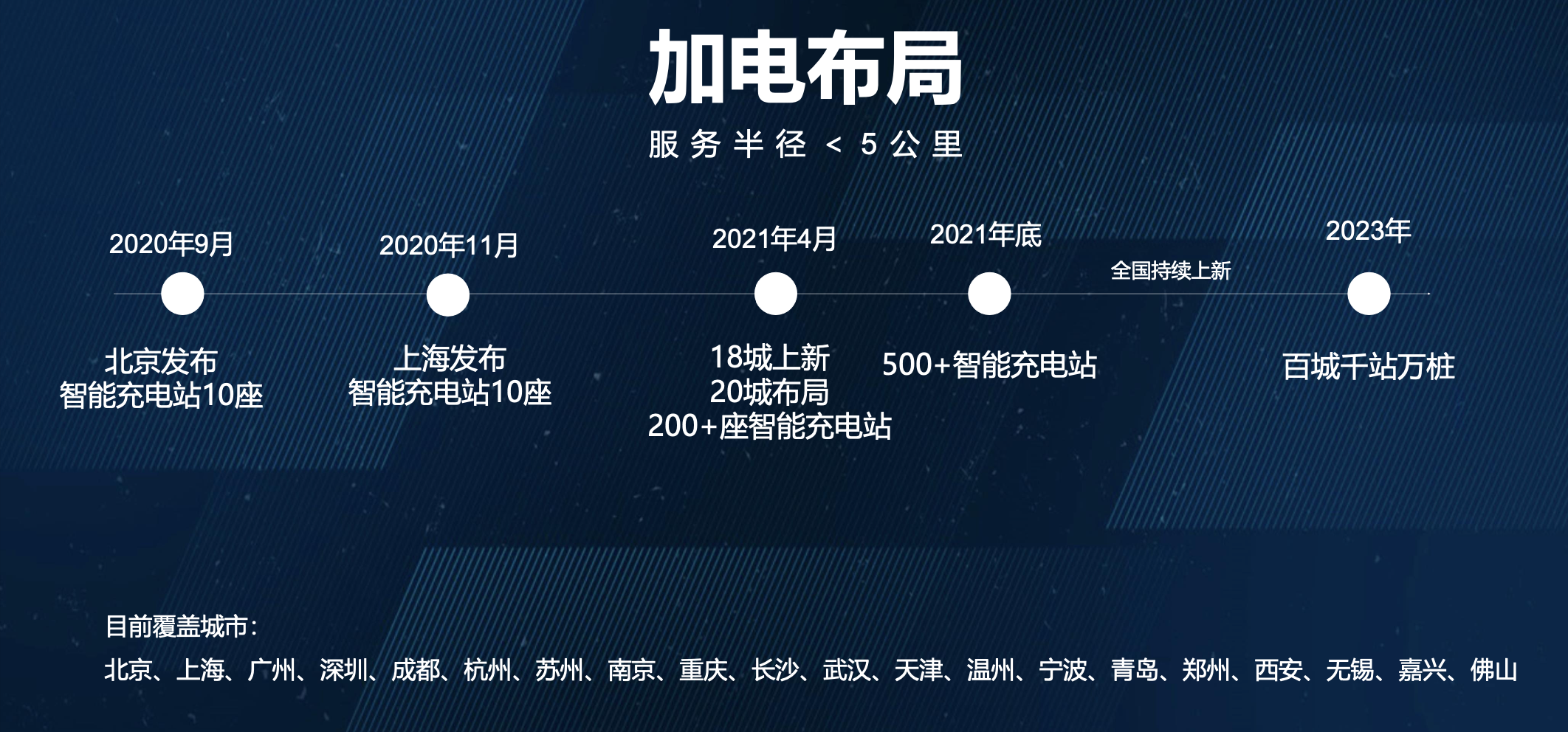
In this workshop of the event, NETA also announced a plan to expand the charging pile, and will layout more than 500 charging stations this year.
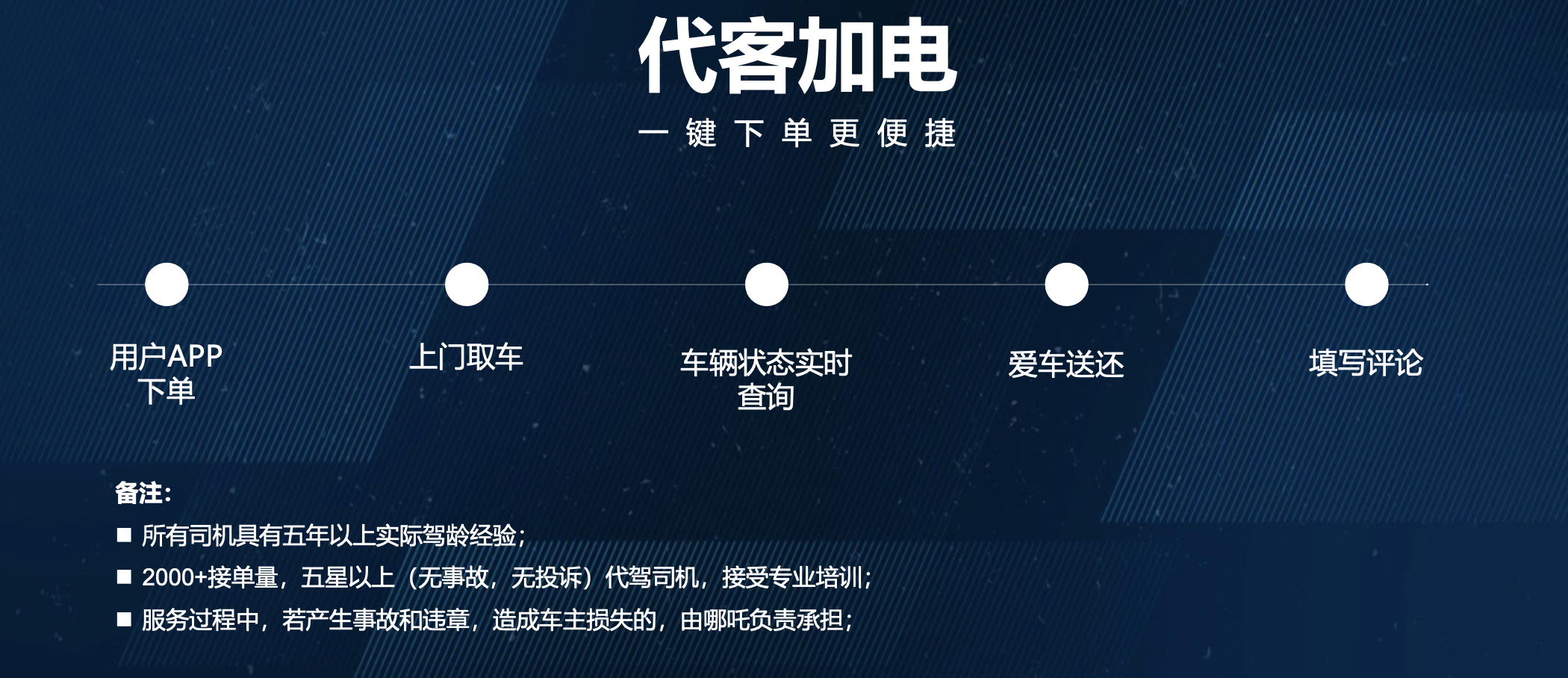
NETA also launched the “guest charging” service. This is similar to the “basic version” of NIO’s worry-free service. During the event, I also saw the staff demonstrated the operation. It can be achieved through the NETA car app on the mobile phone. But the most troublesome part is that you need to have a “contact” handover with the staff, and it is the same after returning the car. I hope that there will be an OTA upgrade to a seamless guest mode in the later stage, which will have a better experience through cloud positioning unlocking.
Due to operating costs and the need to form services as soon as possible, NETA chose to cooperate with E-Drivers. However, once this kind of outsourcing works well, other brands will soon follow suit.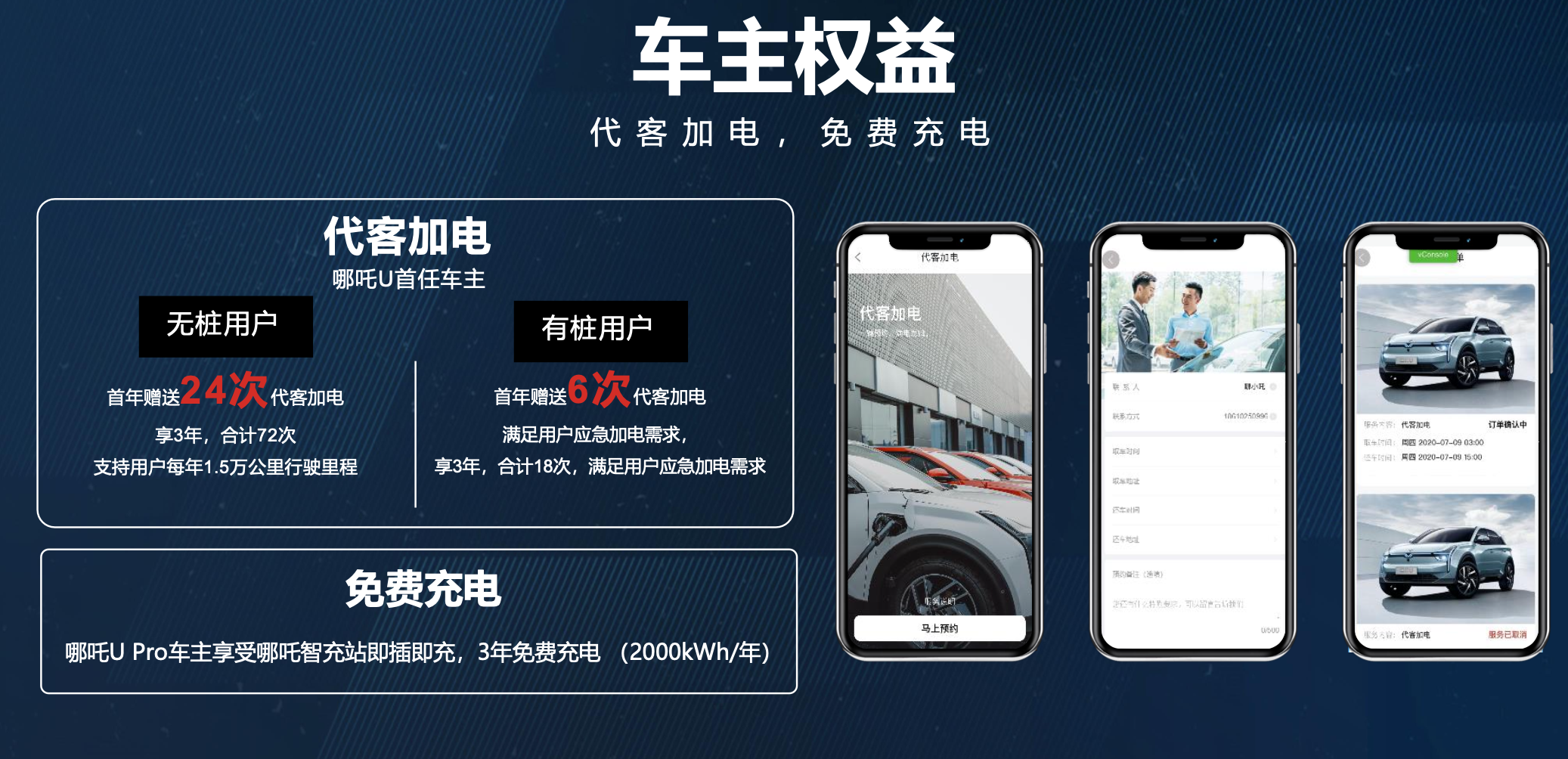
The customer-charging and charging services mentioned earlier are both free. The customer-charging service is available up to 24 times a year, totaling 72 times over three years; free charging is available for 2,000 kWh per year for three years.
After seeing the rechargeable system of NETA U Pro, I began to understand the ultimate principle of “quantity reduction through price increase”. The development of the rechargeable system is complementary to the sales volume of the vehicle. Only when the sales volume of the vehicle reaches a certain level, the development of the rechargeable system has practical use and can achieve the minimum cost. Therefore, NETA decided to “increase quantity through price reduction”.
About NETA’s Product Planning and Factories
Currently, there are three models on NETA’s official website: NETA U Pro, NETA V, and NETA S.
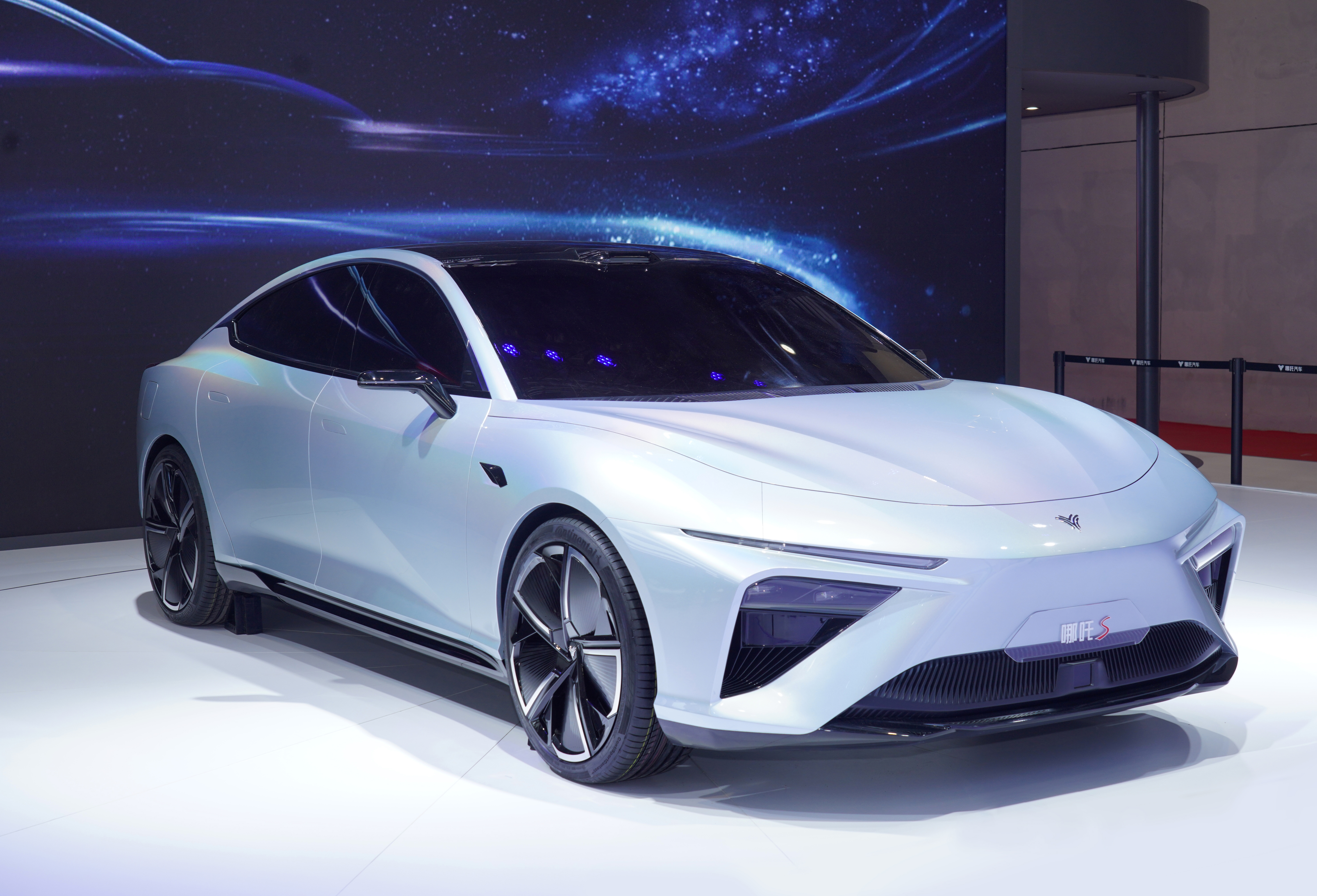
At the auto show, some information about the new car, NETA S, was revealed. As a B-class coupe with a length of more than 5 meters, it provides two power options: extended range (1100 km) and pure electric (800 km). Its acceleration from 0 to 100 km/h is 3.9 seconds. It also supports high-power fast charging at 240 kW. It will be available in late next year at the earliest.
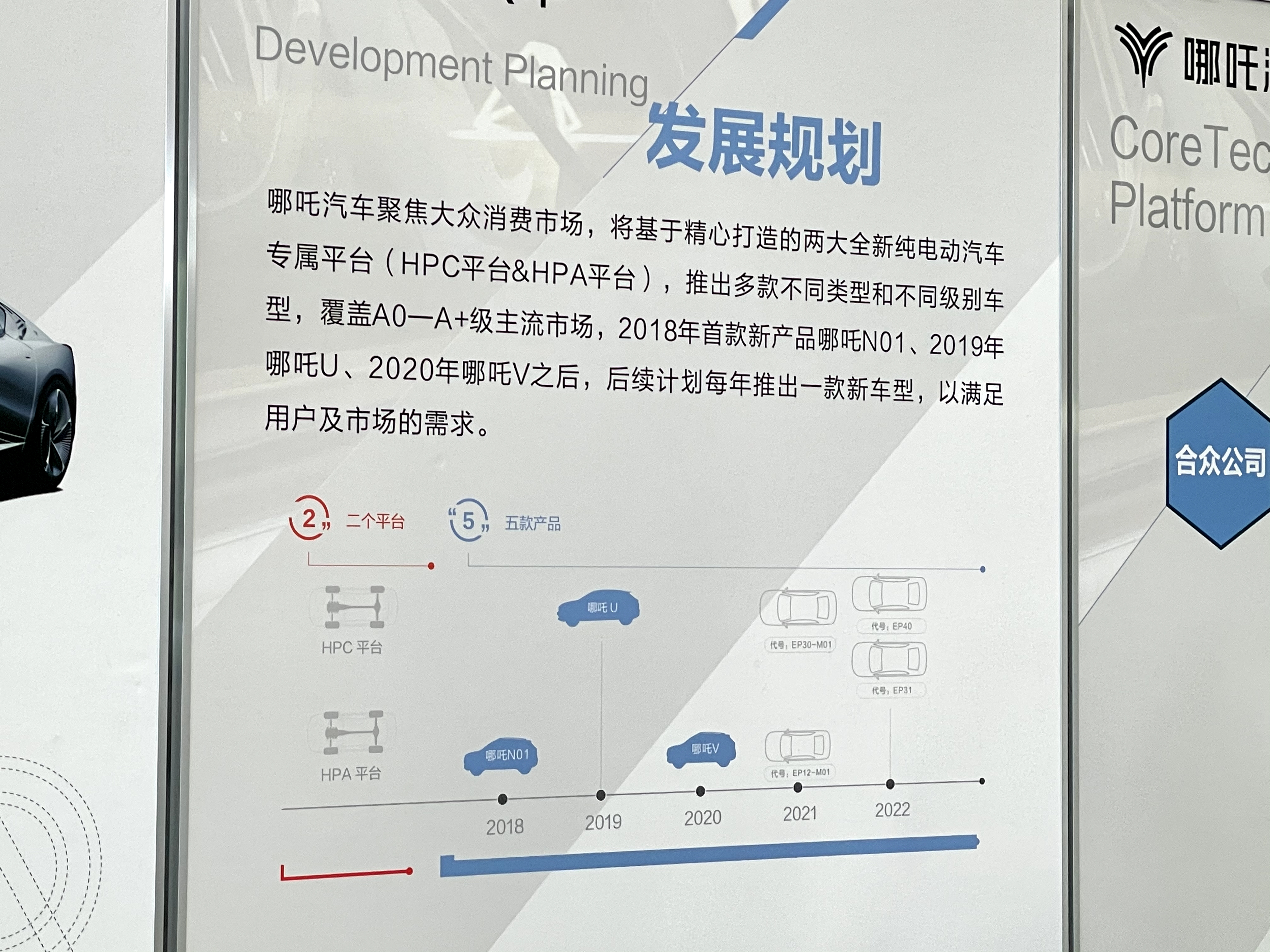
NETA currently has two pure electric platforms: HPC and HPA.
The HPA platform targets the middle and low end, with the NETA N01 (discontinued) and NETA V as its two models. This year, a model with the code name EP12-M01 will be launched as an upgraded version of NETA V.
The HPC platform targets the mid-to-high end, producing NETA U, NETA U Pro, and the upcoming NETA S (code named EP40). Judging by the current situation, this platform can produce models ranging from compact SUVs to B-class sedans. Also, a new car, code named EP31 and positioned in the A-class sedan market, will be launched next year.
NETA currently has two factories, one in Tongxiang and the other in Yichun. I also visited NETA’s factory in Tongxiang in person.
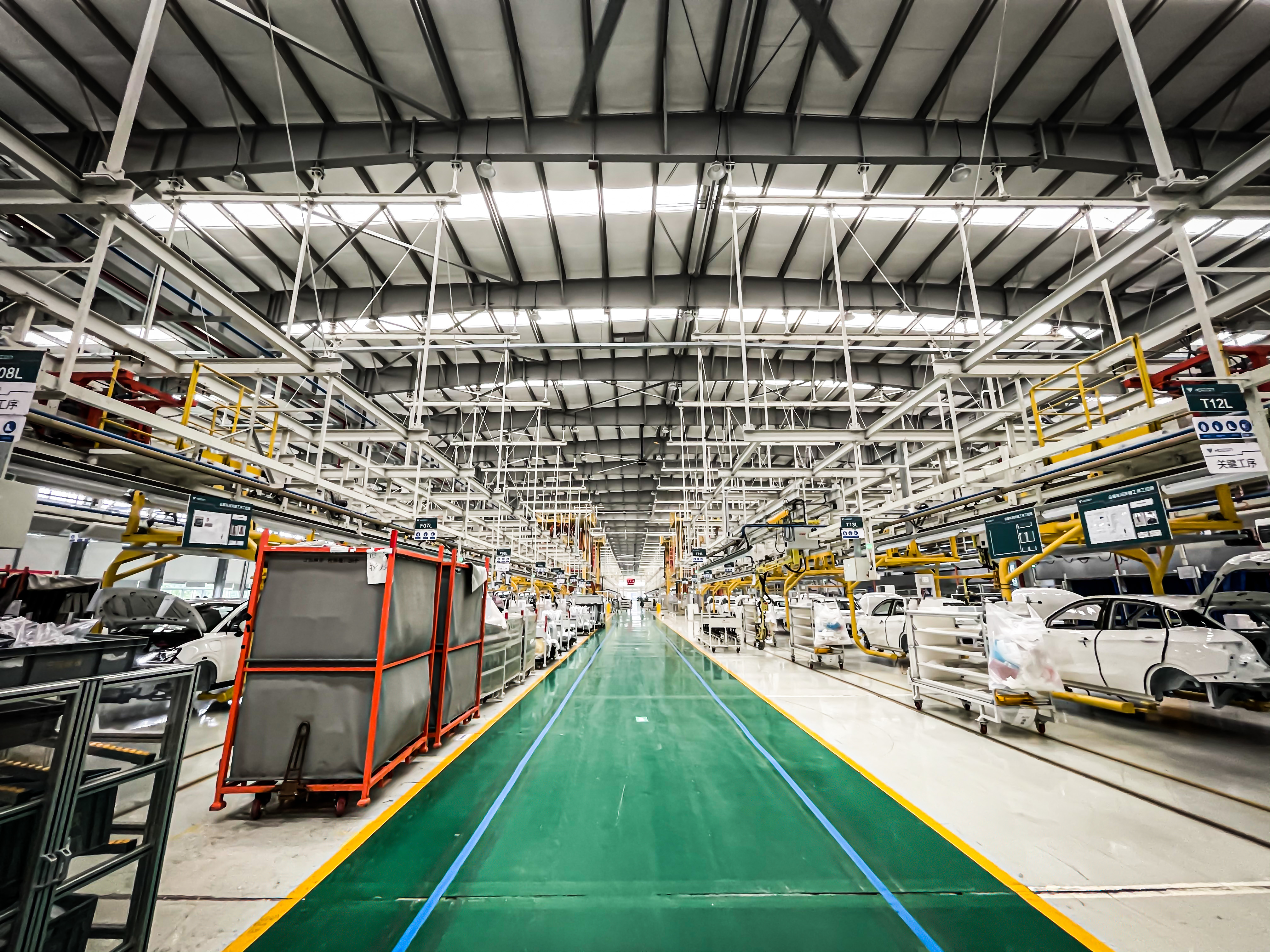 The staff repeatedly mentioned that the Tongxiang factory, as the factory from 0 to 1 for Hezhong, is not particularly “smart” in many aspects. At the Tongxiang factory, the production time for NIO V is about 40 hours. Under the two-shift system of the factory, the monthly output can reach about 8,000 units at full capacity. The yield under a single-shift system is around 5,000 units. This has already exceeded the target of 50,000 units’ annual production capacity originally set.
The staff repeatedly mentioned that the Tongxiang factory, as the factory from 0 to 1 for Hezhong, is not particularly “smart” in many aspects. At the Tongxiang factory, the production time for NIO V is about 40 hours. Under the two-shift system of the factory, the monthly output can reach about 8,000 units at full capacity. The yield under a single-shift system is around 5,000 units. This has already exceeded the target of 50,000 units’ annual production capacity originally set.
Due to the low efficiency of the battery pack workshop in Tongxiang factory, it is now directly transformed into a warehouse for storing already made battery modules. After NIO obtains the battery cell from CATL, it finds a secondary supplier for the battery pack and then directly assembles it in the workshop.
NIO’s new factory in Yichun, Jiangxi, invested nearly CNY 3.2 billion and is currently not yet completed. The planned annual capacity for the initial stage is 100,000 units, which can basically meet NIO’s production needs in the next few years. In the future, NIO S of the HPC series will be produced in Yichun factory.
About the “Two Surprises”
The first surprise is that the NIO U Pro has directly plunged into the red sea part of the fuel market, and as a pure electric product, NIO U Pro is based on its low price, balanced configuration, driving experience, and range. The only thing that makes fuel car owners timid is “charging anxiety”. The NIO charging system shown during the event, which includes free charging, free customer charging, and the expansion of the power grid coverage, may become the “superstructure” that truly impresses fuel car users.
Although the cost-effectiveness of NIO U Pro in this price range is indeed very high, and there are no obvious shortcomings, this is indeed the key to sales volume. In addition to this, the most attractive thing for users is the energy-supplying system that NIO is laying out. Personally, I feel that single-mindedly focusing on cost-effectiveness as the core selling point is not a long-term strategy from the perspective of product development. Other manufacturers can also achieve the same thing, so I am looking forward to NIO demonstrating more distinctive advantages as a product selling point, in addition to cost-effectiveness.
The second surprise is the thinking behind the “quantity increase and price reduction” strategy for NIO U Pro, which is a “double-edged sword”. From the perspective of consumers who have never bought a car, NIO U Pro is more affordable and powerful compared to the previous model. This approach will indeed hurt some customers who have bought cars before, but NIO will provide discounts for old customers in the replacement.
However, I believe that NIO’s product manager and the person who finally decided on the pricing are both clearer about this point than me. There must have been intense internal debates within NIO about the pricing strategy. Clearly, NIO intends to “exchange price for quantity” to further expand market share. Currently, what NIO lacks most is “volume”, and they need to let consumers know and familiarize themselves with the brand, understand that there is a product with extremely high cost-effectiveness, affordable price and more convenient energy-supplying system.
This article is a translation by ChatGPT of a Chinese report from 42HOW. If you have any questions about it, please email bd@42how.com.
